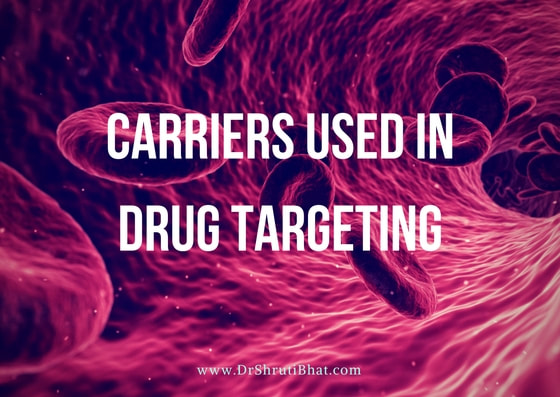Niosomes non-ionic surfactant vesicles are similar to liposomes and can be prepared with cholesterol, a surfactant such as polysorbates (tweens) or sorbitanesters of fatty acids (spans) and water. In general, niosomes are capable of releasing the entrapped drug slowly Methotrexate has been reincorporated into niosomes and the nature of the surfactant used seemed to affect the amount of methotrexate entrapped into the niosomes.
In conclusion, several cytotoxic agents, which had never been formulated before due to their low aqueous solubility, have been successfully incorporated into liposomes, thereby decreasing the toxicity of the former formulation of the drug itself. However, more research has to be performed to develop liposomes with higher chemical and physical stability to present degradation during extended storage.
Micro encapsulation System:
Micro encapsulation involves the application of a thin film of material and micronized solid or liquid to produce discrete units ranging in size from less than 1 m to several millimeters. The products of micro encapsulation can be classified into nano particles (200-500nm), micro dispersions (0.5-m), micro spheres (1-100 m) and microcapsules (> 100 m). Numerous methods have been used to prepare microencapsulated systems. These include pan coating, fluidized bed, spray drying, solvent evaporation, inter facial polymerization and coacervation techniques.
Microencapsulated systems often possess controlled release characteristics and less toxicity as compared to free drug. These systems have been studied to target cytotoxic drugs viz. actinomycin D, 5-Fluorouracil, Doxorubicin, Vinblastin, etc. However, they are unsuitable for formulation of thermolabile drugs.
Cellular Carriers:
Erythrocytes, leukocytes, platelets, islets, hepatocytes, and fibroblasts, all have been suggested as potential carriers for drugs and biological substances. They can be used to provide slow-release of entrapped drugs in the circulatory system, to deliver drugs to a specific site in the body, as cellular transplants to provide missing enzymes and hormones (in enzymes-hormone replacement therapy), or as endogenous cells to synthesize and secrete molecules that affect the metabolism and function of other cells. Because these carriers are actual cells, they produce little or no antigenic response, and when old or damaged, they, like normal cells, are removed from the circulation by macrophages. Another important feature of these carriers is that, once loaded with drug, they can be stored at 4o C for several hours to several days, depending on the storage medium and the entrapment method used.
Since erythrocytes, platelets, and leukocytes have received the greatest attention, the discussion that follows will be limited to these carriers. Fibroblasts and hepatocytes have been specially used as viable sources to deliver missing enzymes in the management of enzyme deficiency diseases, whereas islets are useful as a cellular transplant to produce insulin.
Erythrocytes:
Erythrocytes have been suggested as potential carriers for a number of biologically active substances including drugs, nucleic acids and enzymes. They can be used as storage depots for sustained-drug release or potentially be modified to permit targeting to specific cell types in the blood (e.g. direct targeting to cells in leukemia).
Platelets:
Platelets have been used as a carrier for several biological substances and drugs useful in the management of various hematological diseases. Platelets can accumulate drugs by selective active transport. Certain drugs viz. angiotensin, hydrocortisone, imipramines, vinca alkaloids, (vinblastine and vincristine) and many other drugs are known to bind platelets.





















